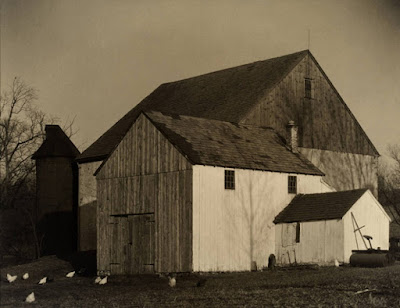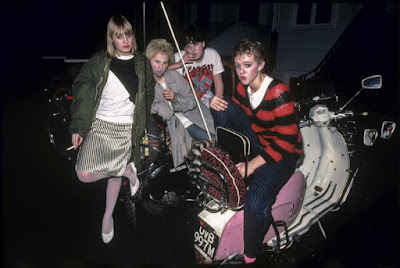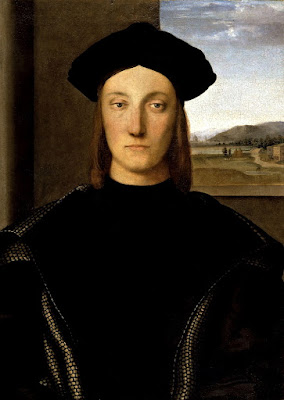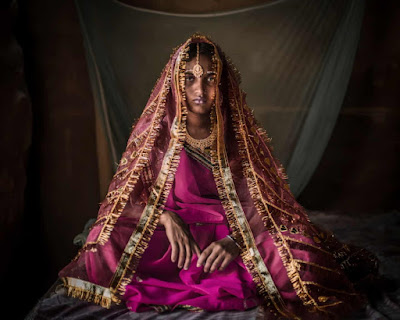Hong Kong street scene, 1924, from the photograph album entitled My Trip Around the World, S.S. Samaria. Photograph: Branson De Cou.
Monday 28 February 2022
Sunday 27 February 2022
Saturday 26 February 2022
Relax
A Family on the lawn in Westchester on Sunday, June, 1968. Photograph: Diane Arbus. Gelatin silver print.
Friday 25 February 2022
Thursday 24 February 2022
Two Women
Woman with flowers in her hair, ca.1913
Oil on board, 53.5 x 49.3 cm.
Untitled (Woman), 2021
by James Cohan
Oil on canvas, 95 x 89 in.
Wednesday 23 February 2022
Natalie Grono
Fox in the dark lake. Playing in the dark lake near our home, my daughters create their own fable. Photograph: Natalie Grono.
The arrival. After an all-day car journey from their grandparents’ house, excitingly spotting the Big Prawn from the car window symbolises a close arrival to home. Photograph: Natalie Grono.
Tuesday 22 February 2022
Monday 21 February 2022
Sunday 20 February 2022
Saturday 19 February 2022
Mods
Mods with Lambretta, London, 1979. From the book London Subculture, 1979-1981. Photograph: Yan Morvan.
Friday 18 February 2022
Thursday 17 February 2022
Wednesday 16 February 2022
Paula Rego
La Marafona, (The Forgotten) 2005
by Paula Rego
Pastel on paper on aluminium, 187 x 135 cm.
Portrait of Paula Rego, 2021
Photograph: Nick Willing
Tuesday 15 February 2022
Murder & Mystery
Layout for a Corpse, 1 January, 1952
Artwork by Dennis McLoughlin
Lady, That's my Scull, 1951
Artwork by Dennis McLoughlin
Monday 14 February 2022
Elephant Ear
Elephant ear (Alocasia odora) in Autumn from the series 'In our nature', 2017. Pure pigment print on cotton rag, This work was made in April 2017 in the Adelaide Botanic Garden. Photograph: Tamara Dean.
Sunday 13 February 2022
Munch
Edvard Munch in his Winter Studio in Ekely on his seventy fifth birthday, 1938, Photograph: Ragnvald Vaering, Gelatin silver print.
The Death of Marat 1
by Edvard Munch - 1907
Oil on canvas
Saturday 12 February 2022
Friday 11 February 2022
Thursday 10 February 2022
Wednesday 9 February 2022
Tuesday 8 February 2022
Arles
Landscape near Arles, 1888
by Paul Gauguin
Oil on canvas
View of Arles, flowering orchards, April 1889
Oil on canvas
Monday 7 February 2022
Sunday 6 February 2022
Nganga Ngombo Mask
Nganga ngombo mask. Wood, woven raffia, vegetable fibers. 28 cm. 20 century. Pende. Democratic Republic of the Congo, Berlin Ethnological Museum.
Saturday 5 February 2022
Friday 4 February 2022
Seventies New York
Patti Smith, 1978
Photograph: Robert Mapplethorpe
Gelatin silver print
Candy Darling on Her Deathbed, 1973
Photograph: Peter Hujar
Gelatin silver print
Thursday 3 February 2022
Blood Speaks
Blood Speaks is a transmedia project that focuses on the Nepalese ritual of Chaupadi, where girls and women are exiled to rudimentary shelters while they are menstruating. Chaupadi sits within an intricate web of abuse and patriarchy, interrelated with issues of child marriage and child widows. Basu’s work in this series has played a role in putting pressure on the Nepalese government to ban the practice of Chaupadi, finally criminalised in August 2018. Photograph: Poulomi Basu.
Wednesday 2 February 2022
Tuesday 1 February 2022
Belyana
Volga Travel Poster - 1932
Belyana, 1931
Photograph: Kostin Brothers
rivers Volga and Kama from the end of the 16th century until the middle of the 20th century. Belyanas were among the largest wooden ships ever built, with the largest ones being more than 100 meters long with a load capacity up to 10,000 tons.
Belyanas were built in the Upper Volga region of Russia without any special tools or plans; the vessels had no engines or sails and could only float down the river. Each year in the 18th and 19th centuries hundreds of belyanas were built and floated to Astrakhan, where they were entirely dismantled and sold. With the development of railroads in the Soviet Union, belyanas became too complex and too expensive; the last belyana was built in 1939.
Subscribe to:
Posts (Atom)






































